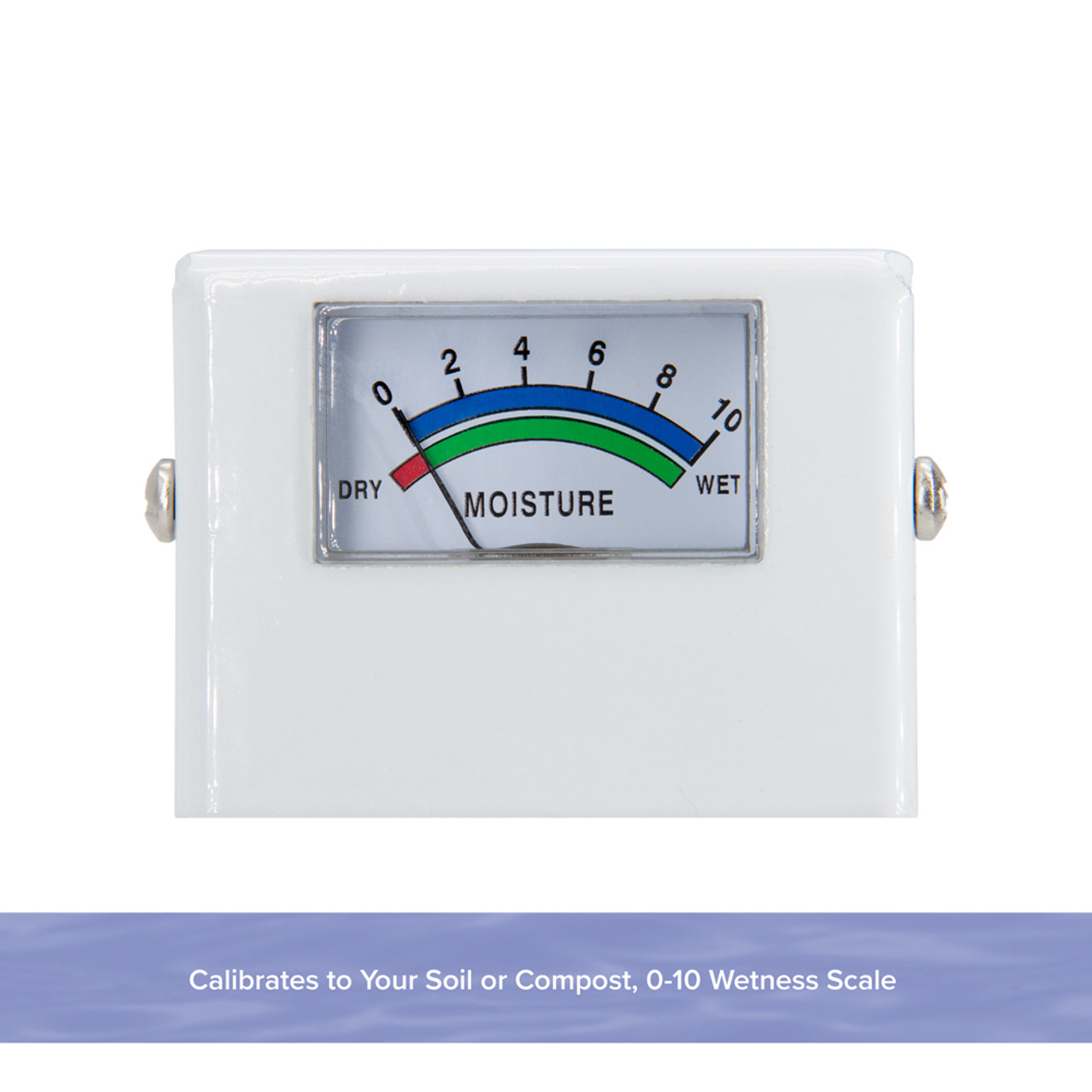Delve Into the Globe of Moisture Meters: Whatever You Required to Know
In the world of moisture meters exists a world of precision and functionality that typically goes unnoticed. Understanding how moisture meters operate, the various types readily available, and their diverse usages can shed light on their importance in making certain top quality and performance.
Exactly How Moisture Meters Work
Moisture meters operate by measuring the electrical conductivity or capacitance of products to figure out the wetness content present. These meters are indispensable devices throughout various industries, including building, woodworking, and agriculture. By making use of different techniques such as pinless or pin-type innovation, dampness meters supply accurate analyses that assist specialists make informed choices.
Pin-type dampness meters function by inserting the sharp pins right into the product being evaluated. The electric conductivity between the pins is then gauged, with higher dampness degrees bring about enhanced conductivity. Moisture Meter. On the various other hand, pinless wetness meters use electro-magnetic signals to check a larger area without causing any damages to the material's surface. These meters are ideal for rapidly examining dampness levels in huge areas or completed items.
Despite the method made use of, dampness meters play an important role in avoiding issues such as mold and mildew development, architectural damage, or product problems brought on by excess moisture. Understanding how these meters job is important for guaranteeing the quality and honesty of materials in different applications.
Sorts Of Moisture Meters
Provided the vital role moisture meters play in different sectors, it is important to understand the different types readily available to professionals for properly analyzing dampness degrees - Moisture Meter. There are primarily two primary sorts of dampness meters: pinless and pin-type moisture meters

On the other hand, pinless dampness meters use electromagnetic sensing unit plates to scan a bigger area of the material without causing any kind of damages. This kind appropriates for rapidly scanning big locations and is typically utilized for floor covering, walls, and ceilings. Pinless meters are convenient for taking readings on completed surfaces without leaving any type of visible marks.
Both kinds of dampness meters have their advantages and are selected based on the particular needs of the task handy. Understanding the differences between these kinds is critical for professionals to make exact dampness evaluations.
Applications Across Industries
With varied capabilities, dampness meters locate prevalent application throughout various industries, helping experts in making sure optimal problems for structures and products. In the farming sector, wetness meters are very useful for identifying the moisture content in grains, seeds, and hay, guaranteeing quality assurance and protecting against mold growth. Building and construction specialists rely upon wetness Discover More Here meters to assess the wetness degrees in structure materials like concrete, drywall, and wood, which is essential for maintaining structural integrity and protecting against problems like rot or mold. The floor covering industry uses dampness meters to determine have a peek at this website the wetness web content in subfloors prior to setting up numerous floor treatments, stopping costly problems as a result of excess moisture. In addition, in the food industry, dampness meters are utilized to keep track of and regulate moisture levels in items such as grains, nuts, and dried fruits to preserve freshness and top quality. In addition, dampness meters play a vital function in the remediation and damage control market by aiding experts attend to and recognize water damage in buildings quickly. Across these varied industries, wetness meters are indispensable tools for guaranteeing the quality, safety and security, and long life of various products and other items.
Tips for Utilizing Dampness Meters
Make use of the dampness meter's calibration setups to ensure precise analyses when measuring the wetness material in different products. Additionally, make sure the meter is set to the correct dampness variety for the material you are determining to get the most specific outcomes.
When making use of a pin-type dampness meter, place the pins to the ideal deepness advised for the material being examined. This makes sure that the wetness readings are extracted from the correct deepness within the product, giving a much more precise representation of its dampness material. For pinless dampness meters, bear in mind to maintain appropriate contact with the material's surface area to get dependable analyses.
Routinely inspect and replace the batteries in your moisture meter to avoid imprecise readings as a result of low power. Store the meter in a risk-free and dry area when not being used to lengthen its life-span and preserve its accuracy. By complying with these suggestions, you can maximize the efficiency of your moisture meter and get precise wetness content dimensions throughout various products.
Maintenance and Calibration
To make sure the precision of wetness content dimensions, routine upkeep and calibration of the wetness meter are important steps in its proper functioning. Upkeep involves maintaining the moisture meter totally free and clean from particles that might affect its readings. It is essential to follow the producer's standards for cleaning to avoid damages to the tool. In addition, normal calibration is required to validate the accuracy of the analyses. Calibration readjusts the moisture meter to guarantee that it offers reputable and consistent outcomes.
Calibration needs to be performed occasionally, particularly if the moisture meter is utilized often or in critical applications where accurate measurements are required. By adjusting the wetness and maintaining meter regularly, individuals can trust the accuracy of the dampness material dimensions acquired.
Verdict

Finally, moisture meters play a crucial role in various industries by precisely measuring the dampness material of products. Understanding how these tools function, the various kinds offered, and correct upkeep and calibration are necessary for obtaining reputable results. Whether in farming, production, or construction, the use of dampness meters helps ensure quality assurance and efficiency in procedures.

In verdict, dampness meters play an important duty in various sectors by properly determining the moisture material of materials.